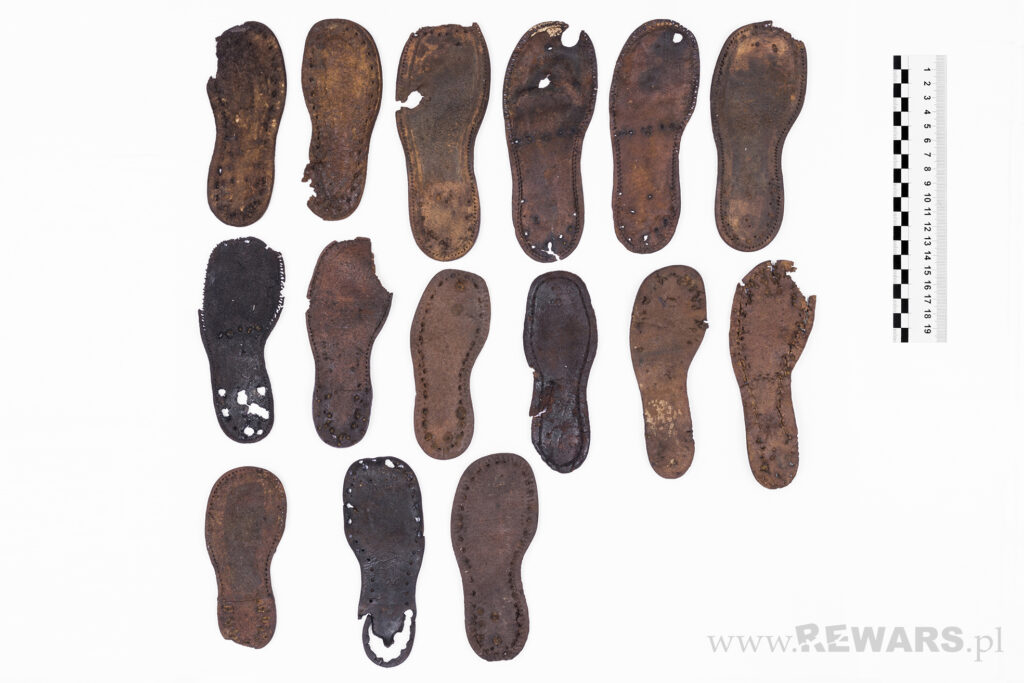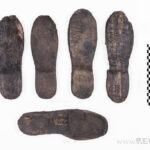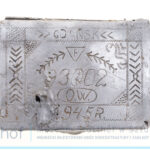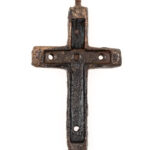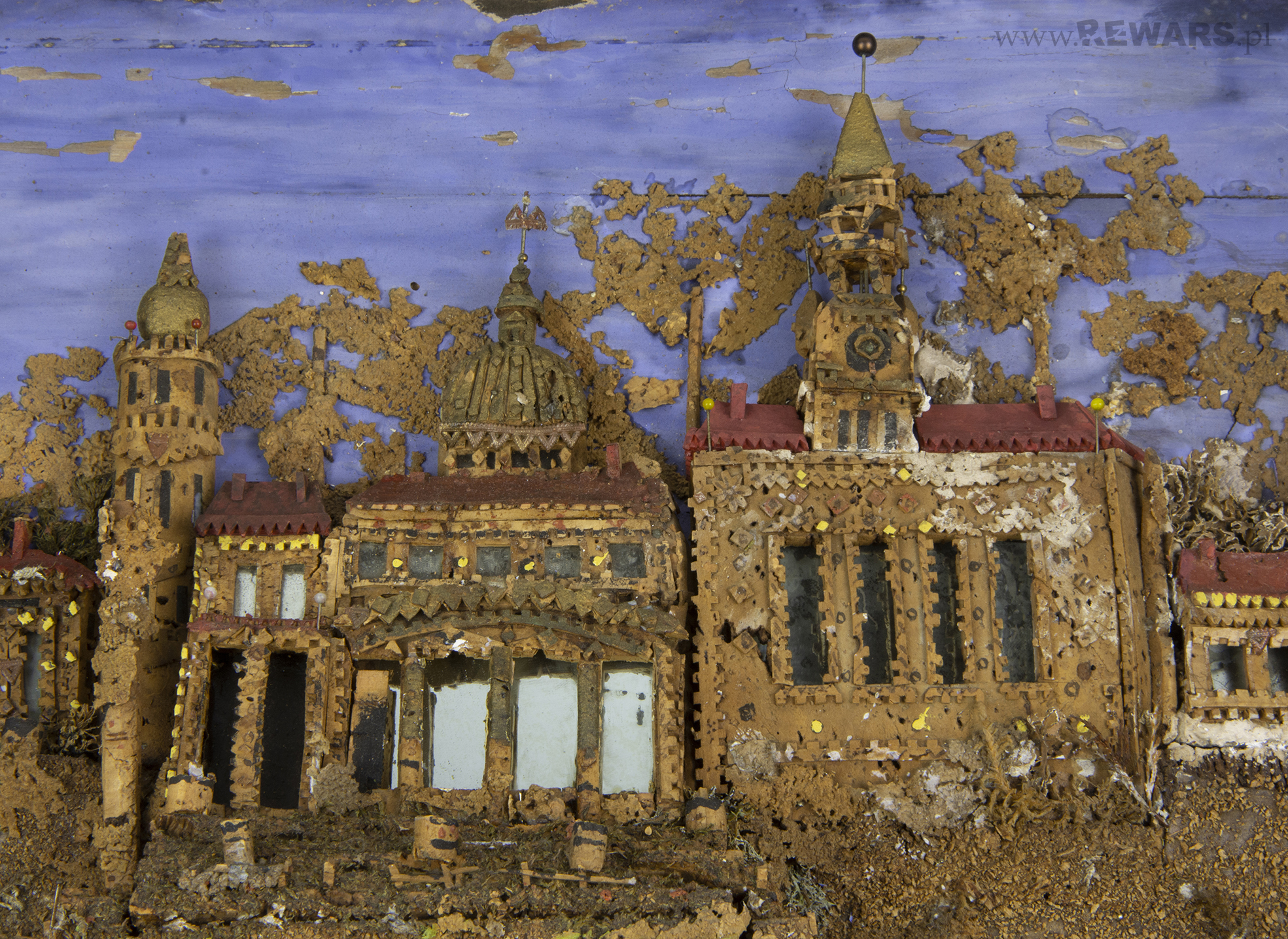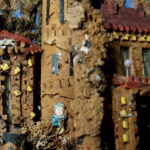Conservation
The Stutthof Museum in Sztutowo received its first objects from the Club of Former Prisoners of Stutthof, managed by ZBoWiD in Gdańsk, upon its establishment in 1962. These objects included items related to the functioning of Stutthof camp, including barracks equipment, camp area equipment, and personal items of former prisoners. Over the next 70 years, the museum accumulated a collection of materials donated mainly by people who directly experienced the Holocaust or by their families.
The museum collection, which currently numbers over 1,500 exhibits, requires special care, security, and conservation. It is a continuous process aimed at preserving objects in good condition so that they testify both now and in the future to the crimes committed during World War II.
Other than the paper conservation workshop, there is no other laboratory at the Stutthof Museum. All items requiring the intervention of specialists are preserved in external laboratories. At the moment, a total of 527 objects have been preserved, and further objects loaned to various studios are undergoing preservation efforts.
MAINTENANCE OF WOODEN AND LEATHER SHOE SOLES AND CAMP WHIPS – REWARS WORKSHOP
Wooden soles of camp clogs, leather soles of children’s shoes belonging to the youngest prisoners of the Stutthof camp, and whips used for flogging… These are just selected items from the collections of the Stutthof Museum that have recently undergone conservation. All conservation works for the Stutthof Museum were carried out by the “Rewars” studio from Warsaw.
A leather belt, a fragment of a purse, and a priest’s headgear belonged to prisoners of the Stutthof camp, victims of the execution on January 22, 1940, in the forest near the Stutthof. These items were discovered during the exhumation of the grave, carried out in 1979. Wooden soles of the clogs and fragments of children’s shoes were obtained as a result of exploration works carried out on the post-camp site in 2016-2018.
Long-term stay in the ground exerted a destructive effect on the preserved objects. The leather they were made of was severely degraded, darkened, fragile, and brittle. Elements lining the soles and the interior of the shoes, such as fabric or paper, have also been preserved in fragments. In the case of camp whips, their state of preservation was mainly influenced by their utilitarian nature. The leather and rubber were worn, cracked, and torn in many places.
The primary purpose of conservation was to prevent destructive physicochemical processes in objects and prepare them for potential exposure.
METAL CONSERVATION IN THE IN THE UMK TORUŃ STUDIO
In 2020, employees and students of the Department of Conservation and Restoration of Architectural Elements and Details of the Nicolaus Copernicus University in Toruń, within several years’ cooperation with the Stutthof Museum in Sztutowo, carried out conservation work on 200 objects made of metal. These are items that belonged to inmates and were confiscated from them when they were imprisoned in the Stutthof camp (including personal items, jewelry, cutlery), items illegally made by prisoners in the Stutthof camp (aluminum combs, signet rings, and crosses), engraved Soviet military mess tins and other items related to the functioning of KL Stutthof.
PRESERVATION OF THE BAS-RELIEF MADE AT THE HOPEHILL SUB CAMP
In 2020, the “Rewars Adam Nóżka” studio carried out conservation work on a bas-relief made illegally by prisoners staying in the KL Stutthof – Hopehill – Reimannsfelde sub-camp. The bas-relief made of dried plants, moss and cork was placed in a wooden drawer. The complicated materials from which it was made, combined with the very poor state of preservation, made the conservation process a very difficult undertaking. The effect achieved surprised the conservators themselves.
MAINTENANCE OF FACILITIES COMPOSING THE CAMP INFIRMARY EQUIPMENT
In 2020, the “Meander Conservation of Works of Art Małgorzata Marszałek” studio carried out conservation work on eight objects constituting the camp infirmary equipment. The preserved objects included: an office cabinet serving as the base for a primitive camp washbasin, a gynecological chair, an autopsy table, three pairs of canvas stretchers, and two wooden cabinets being the office equipment.
CONSERVATION OF CERAMICS, METAL AND WOOD IN THE UMK TORUŃ STUDIO
In 2019, employees and students of the Department of Conservation of Architectural Elements and Details of the Institute for the Study and Conservation of Cultural Monuments – Nicolaus Copernicus University in Toruń carried out conservation work on 191 objects made of ceramics and metal. These are mainly objects obtained as a result of exploration work carried out in 2016-2018 on site of the former camp: objects related to the functioning of the camp, objects belonging to prisoners or made by them illegally during their stay in the camp.
CONSERVATION OF FABRIC BELONGING TO THE VICTIMS OF THE EXECUTION OF PRISONERS OF THE STUTTHOF CAMP, CARRIED OUT ON JANUARY 11, 1940.
In 2019, the “RENOVA arte Katarzyna Zapolska” studio completed conservation work on two objects made of fabric: a woolen scarf and fragments of a jacket belonging to former prisoners of the Stutthof camp, victims of an execution carried out on January 11, 1940 near the camp. These items were excavated during the exhumation of the grave in 1979 and were transferred to the museum’s collection in 1993.
PRESERVATION OF ARCHIVES
In the years 2000-2003, the following archives were subjected to conservation:
– portraits, drawings and greeting cards illegally made by prisoners in the Stutthof camp,
– graphics made after the war by a former prisoner of KL Stutthof, Józef Łapiński, mainly documenting the history of the land evacuation of the camp that took place in 1945,
– a series of graphics made by Sabine Hoffmann entitled “Passio Polonie”.


